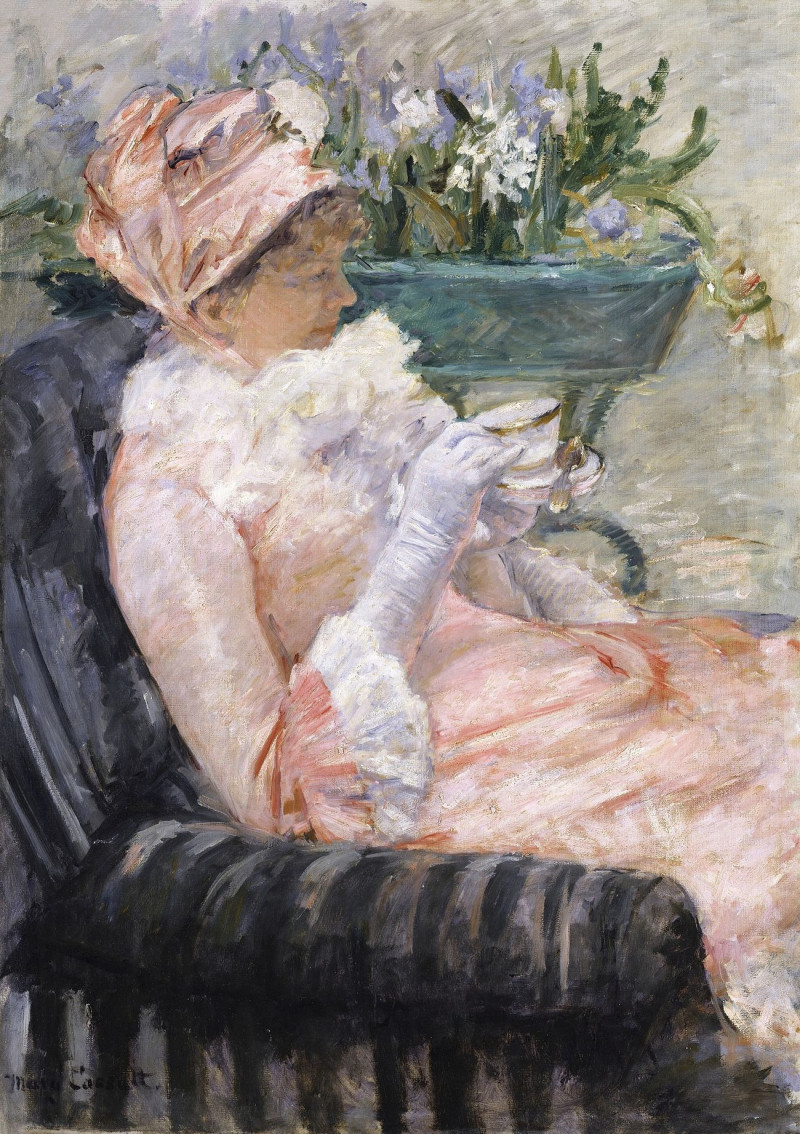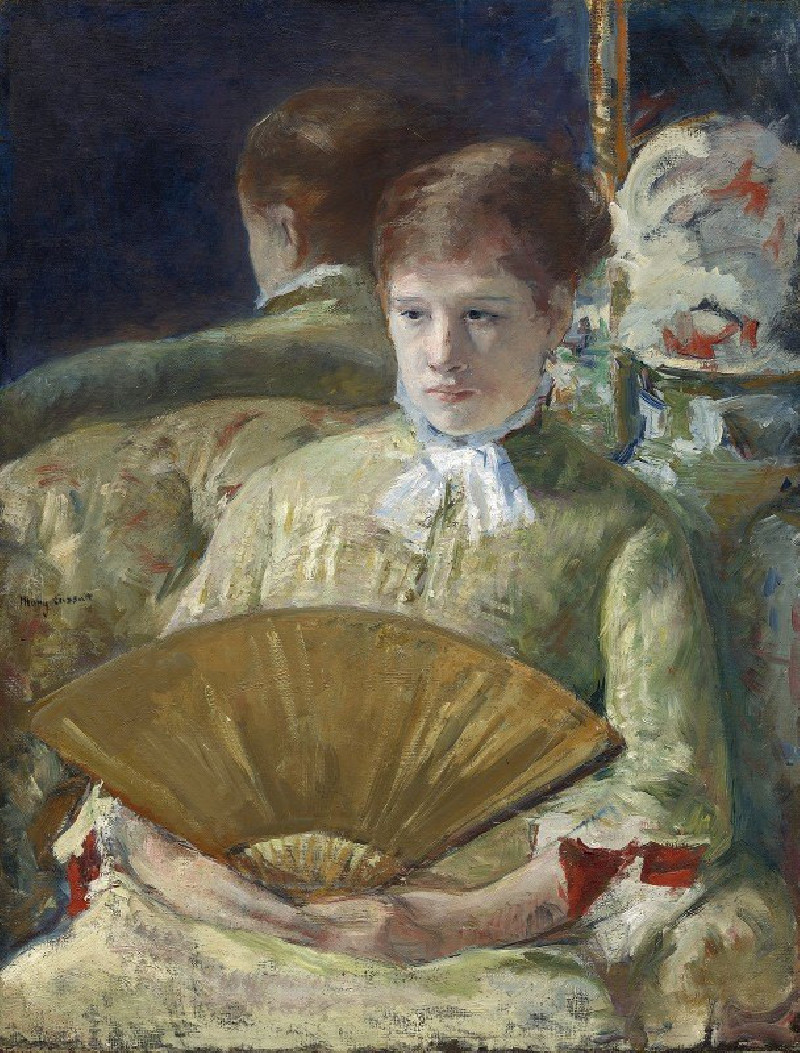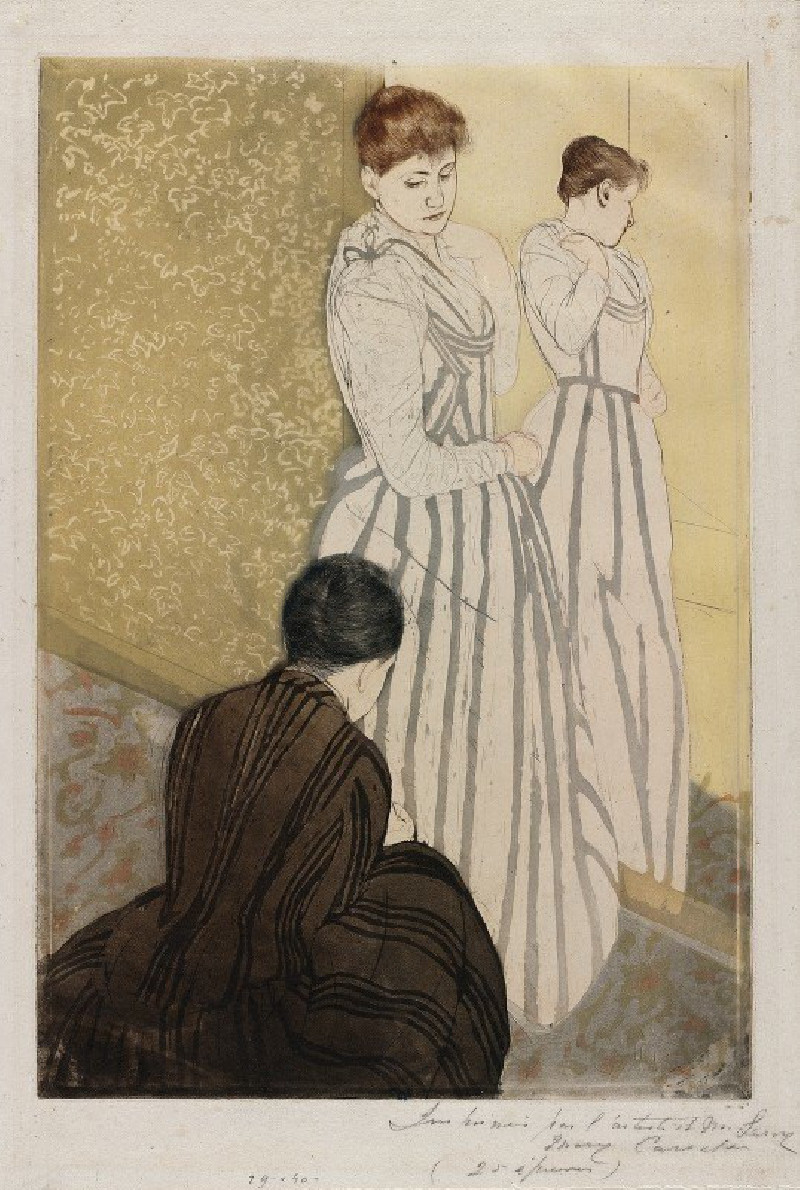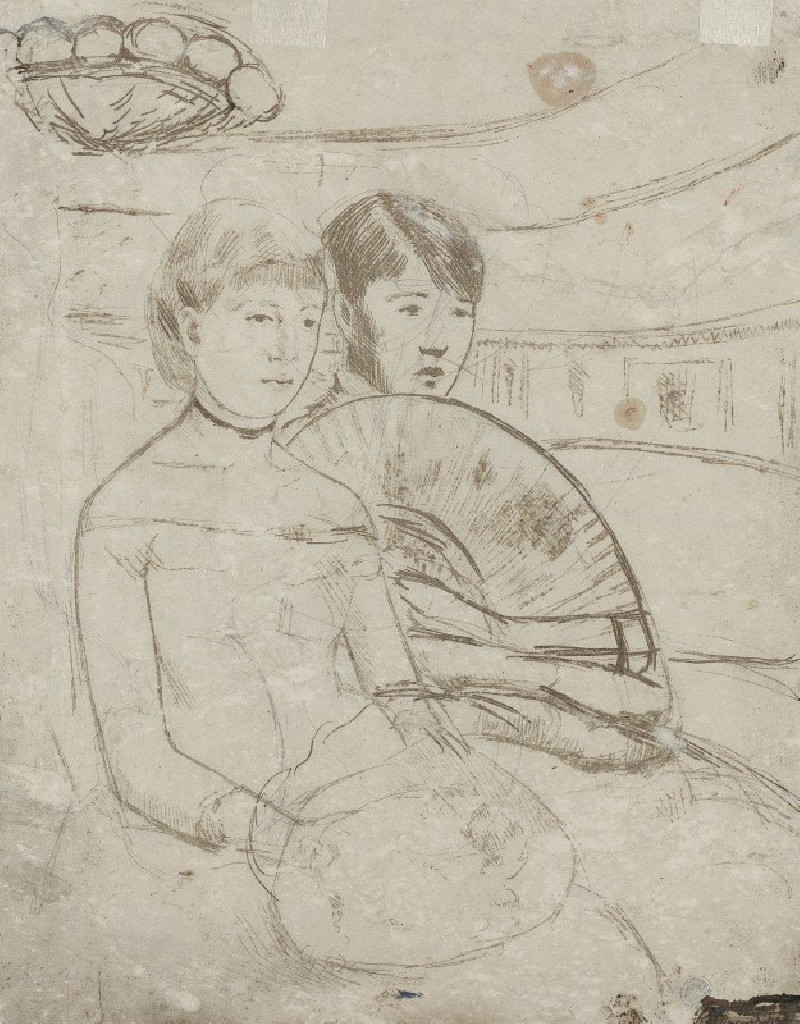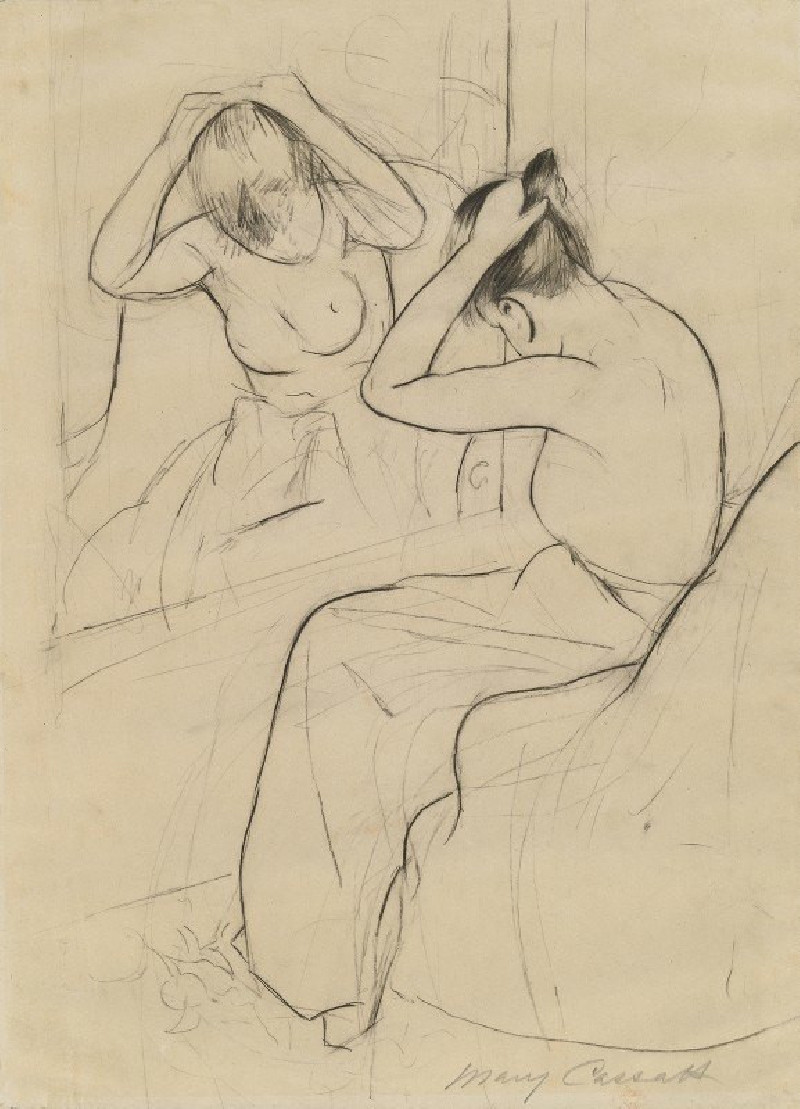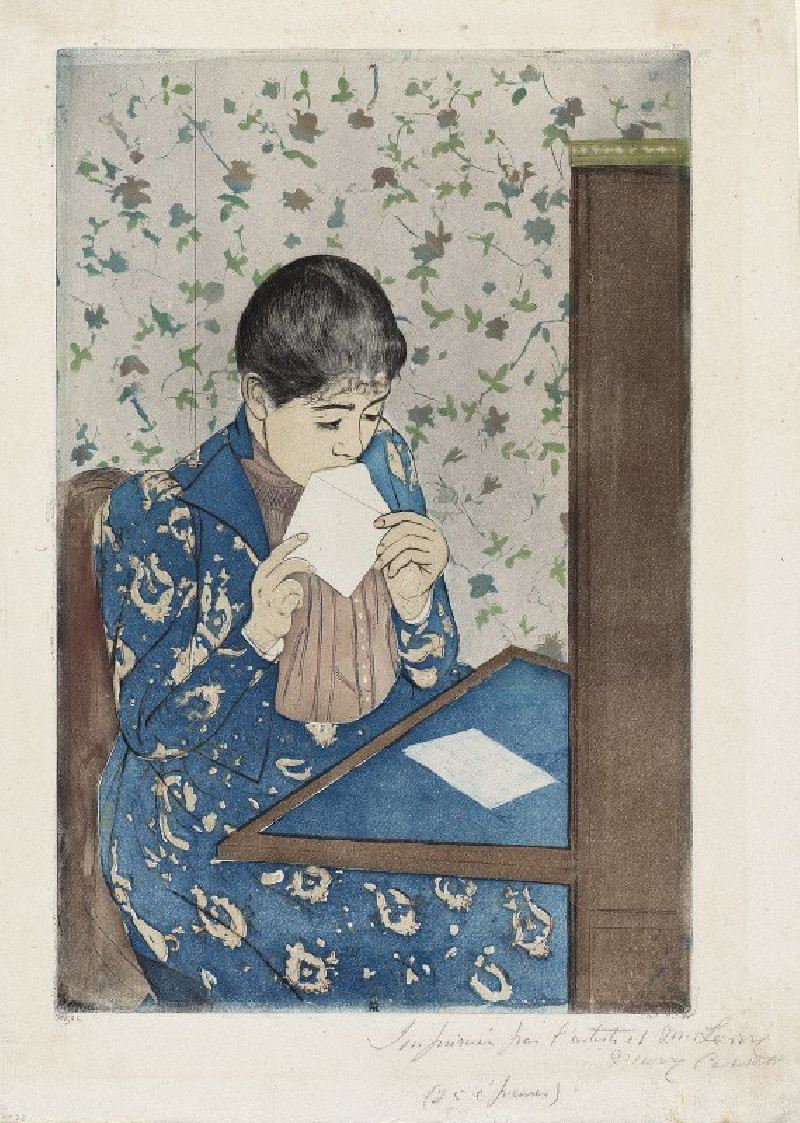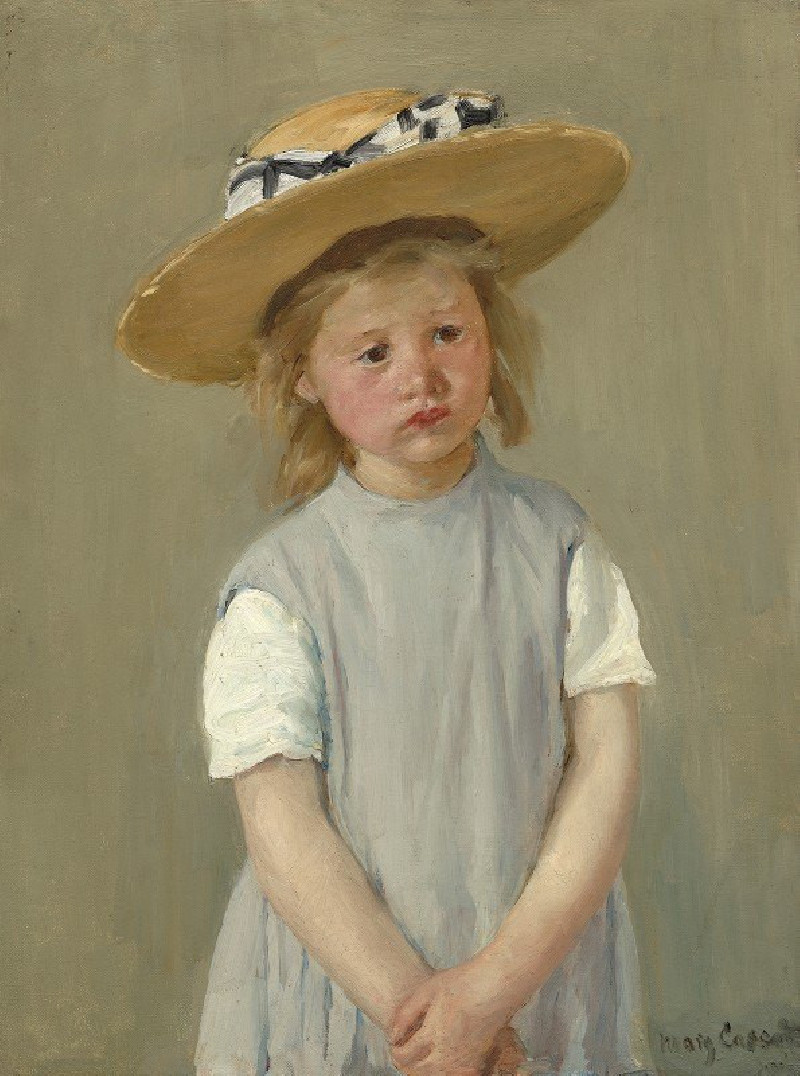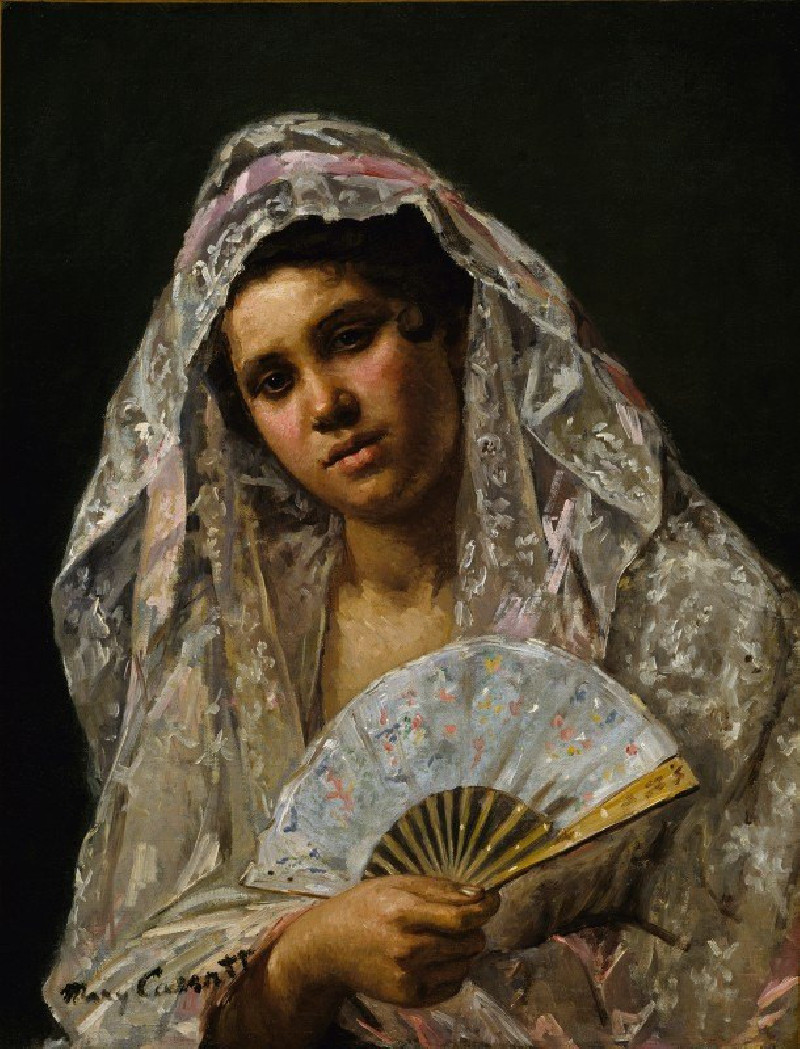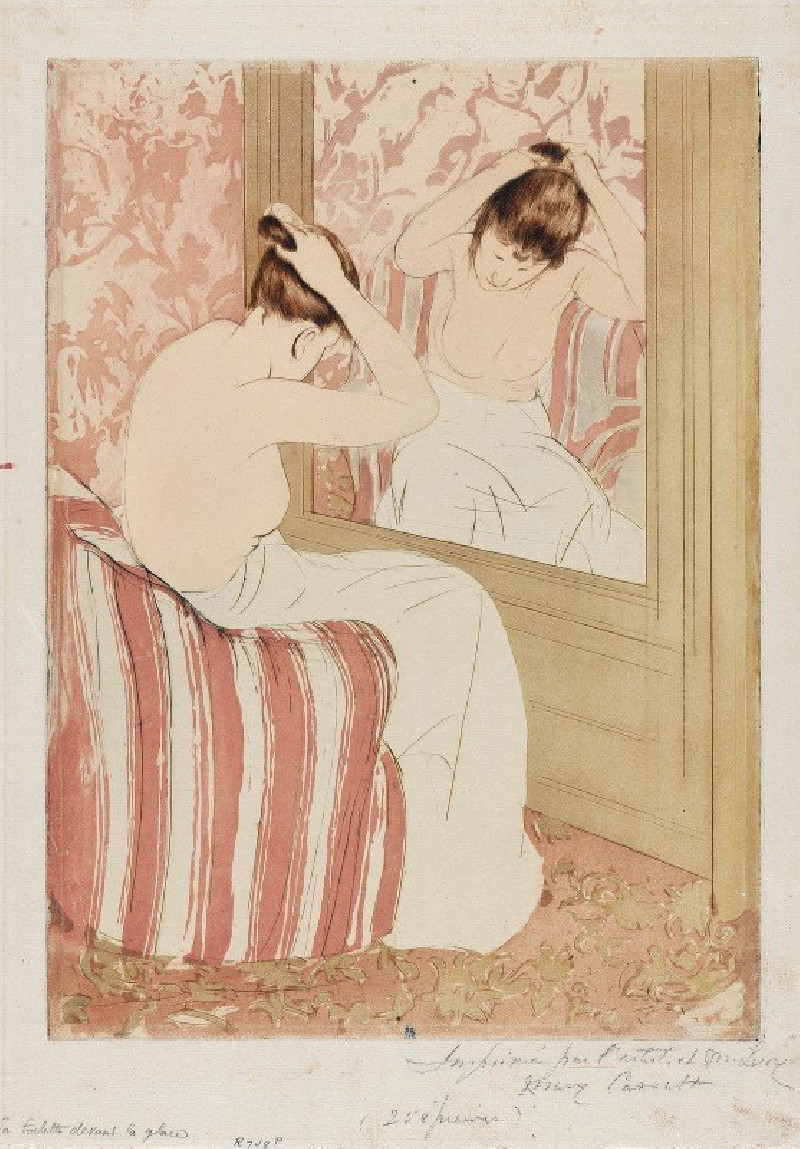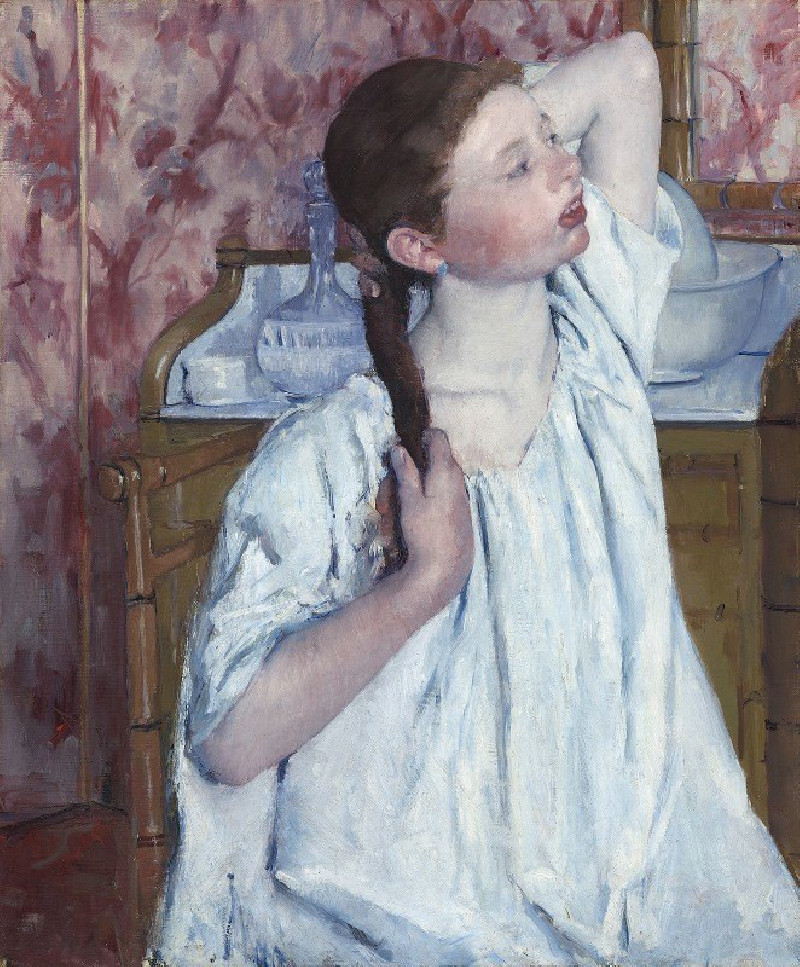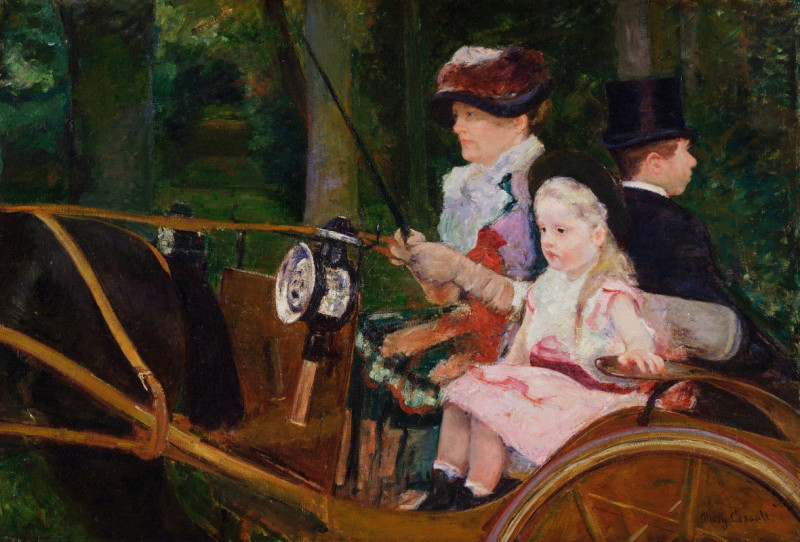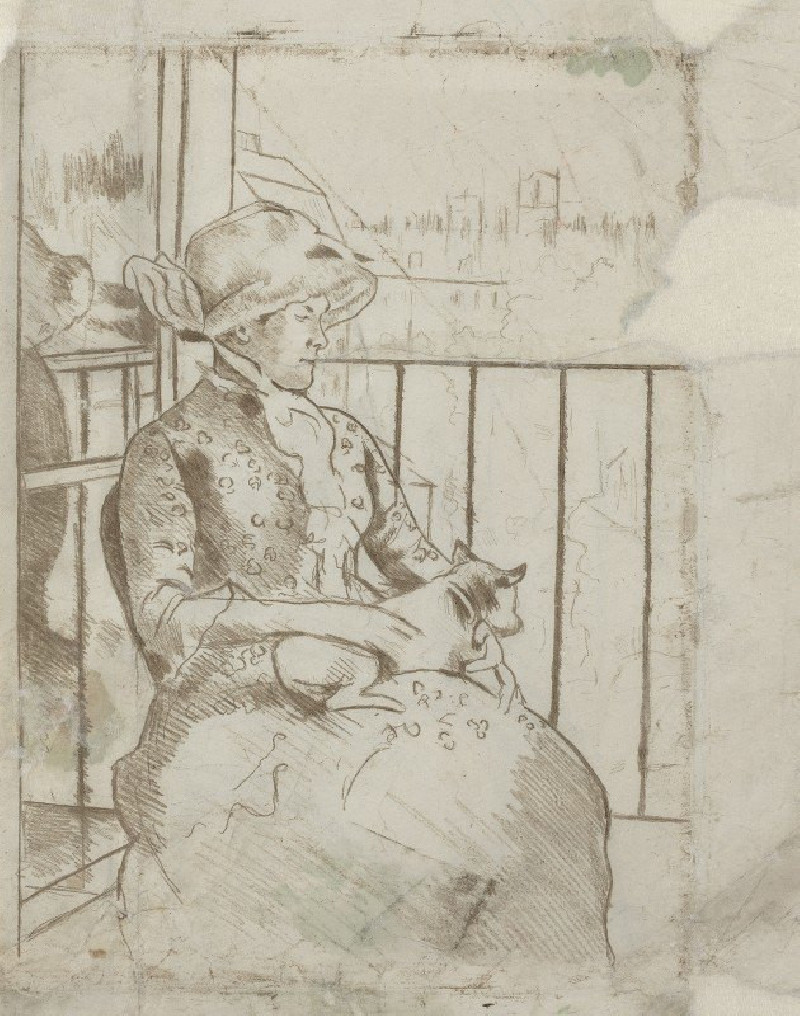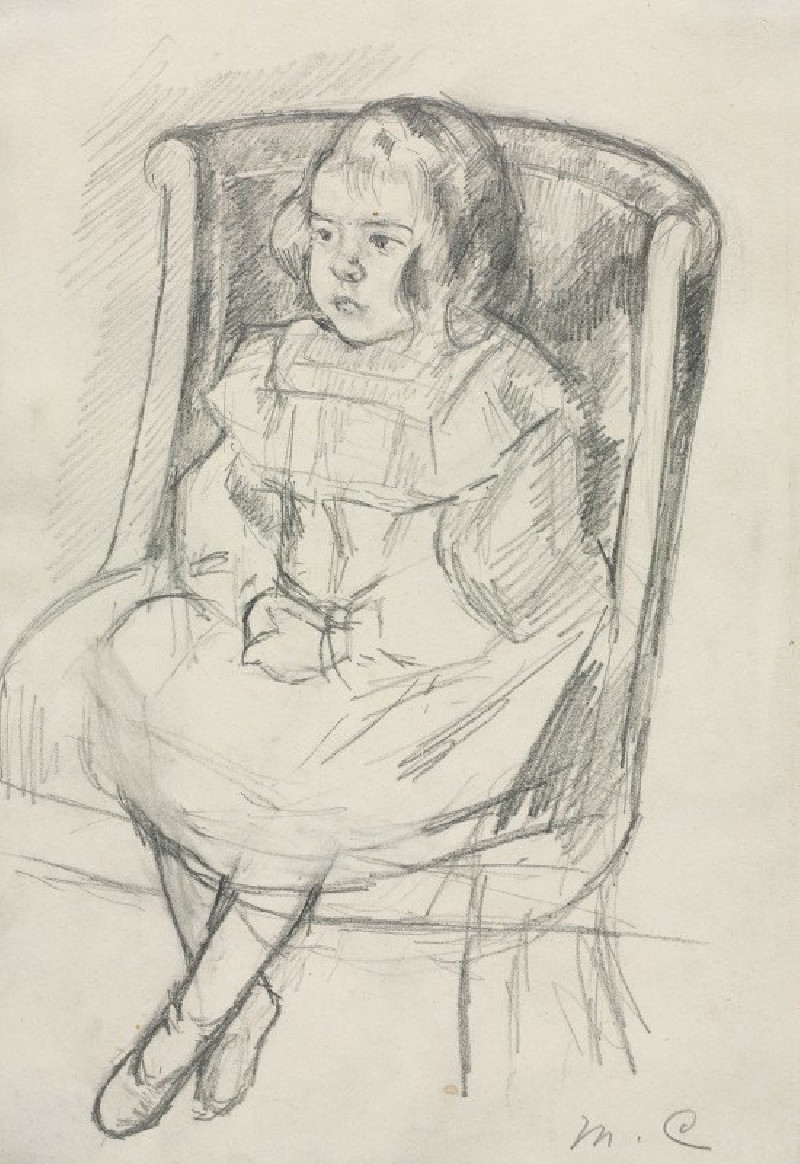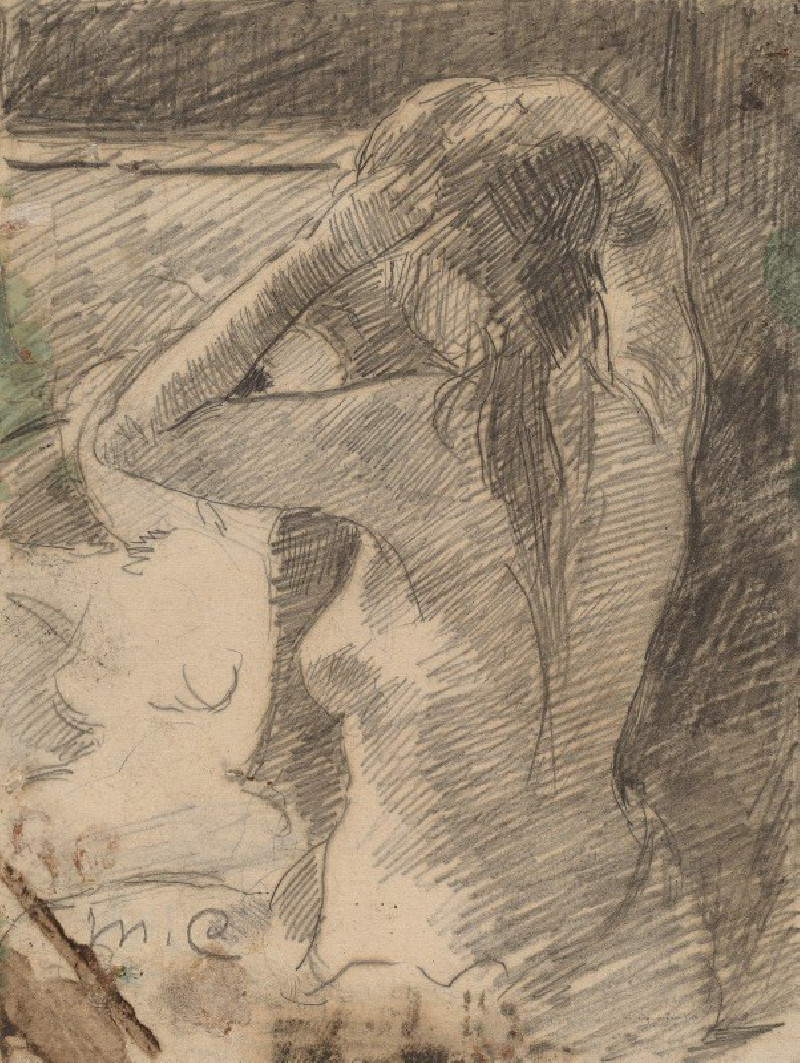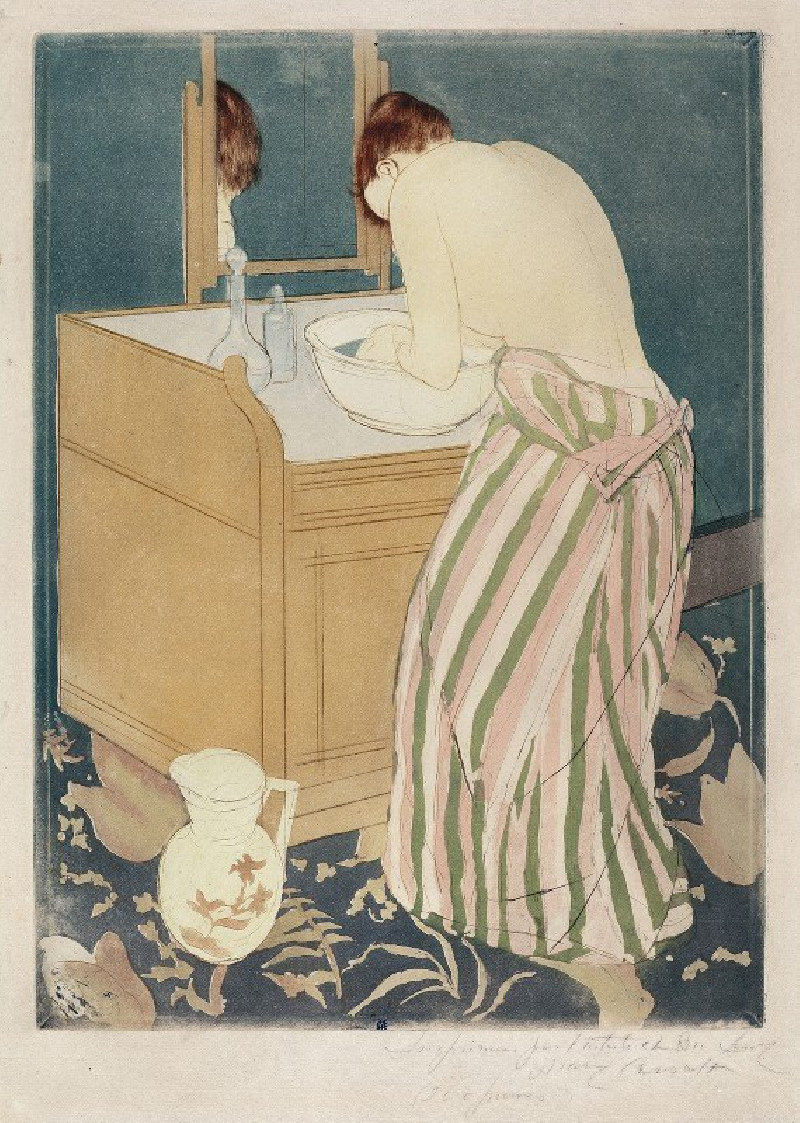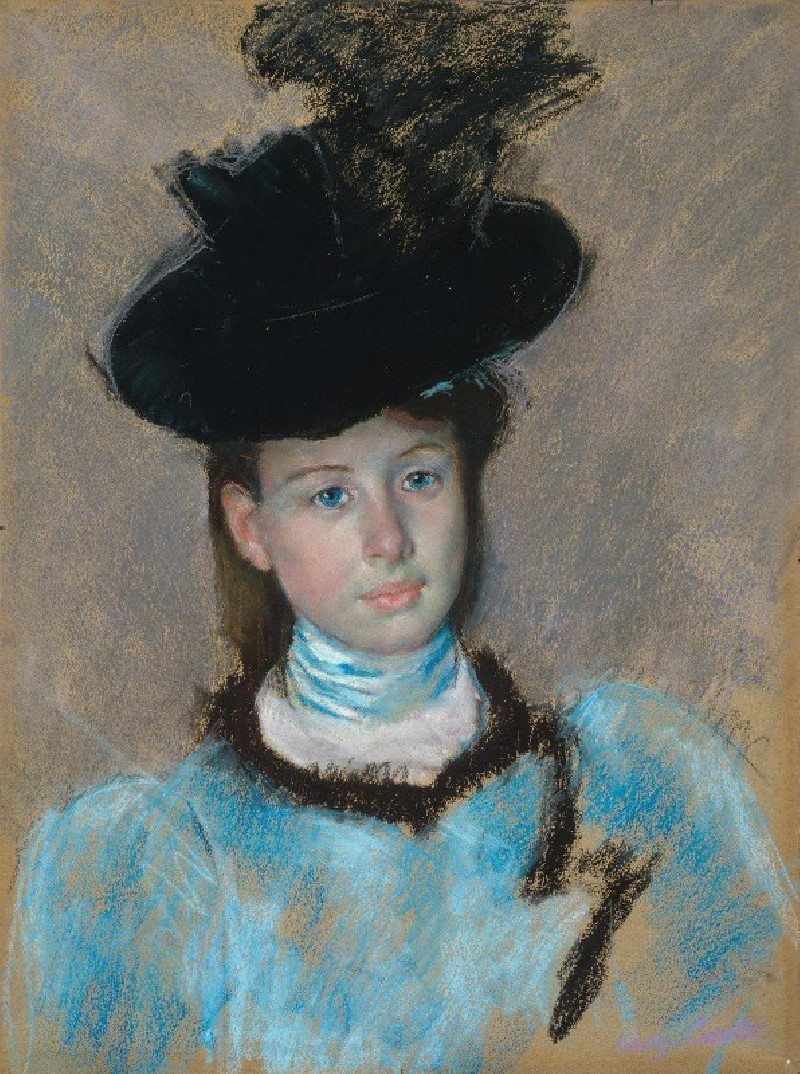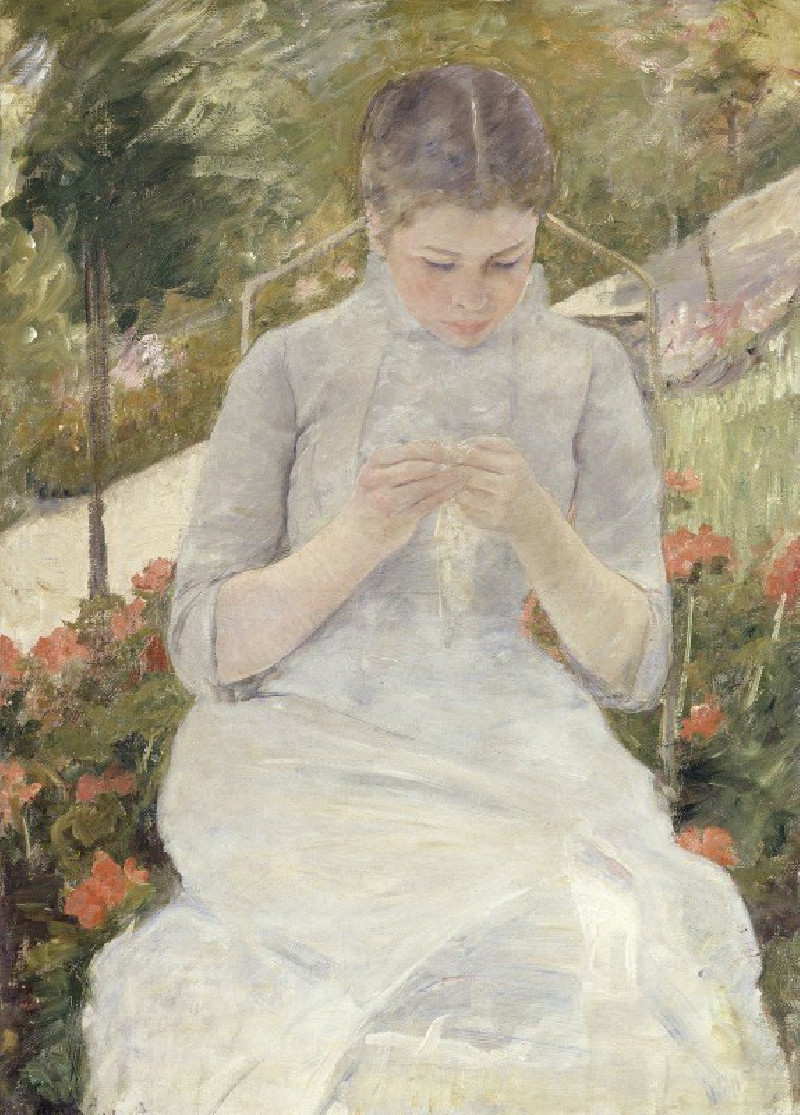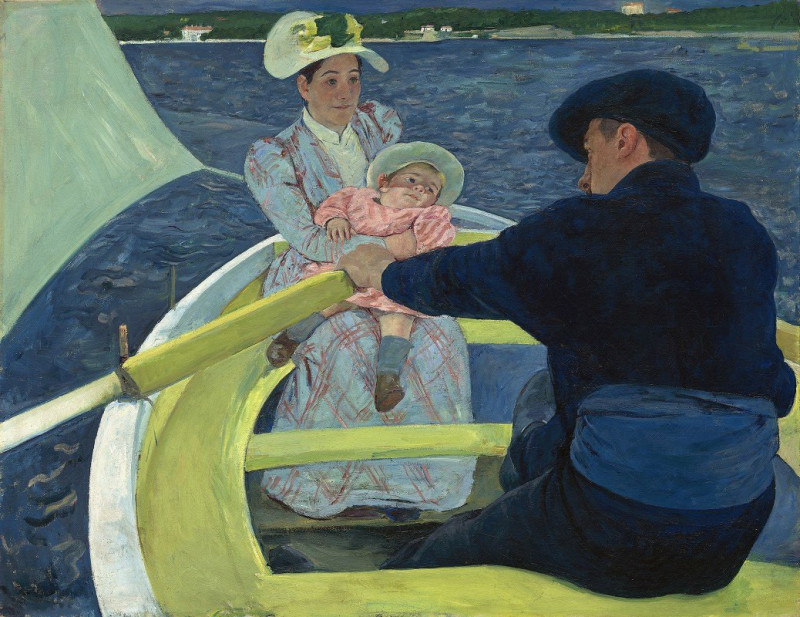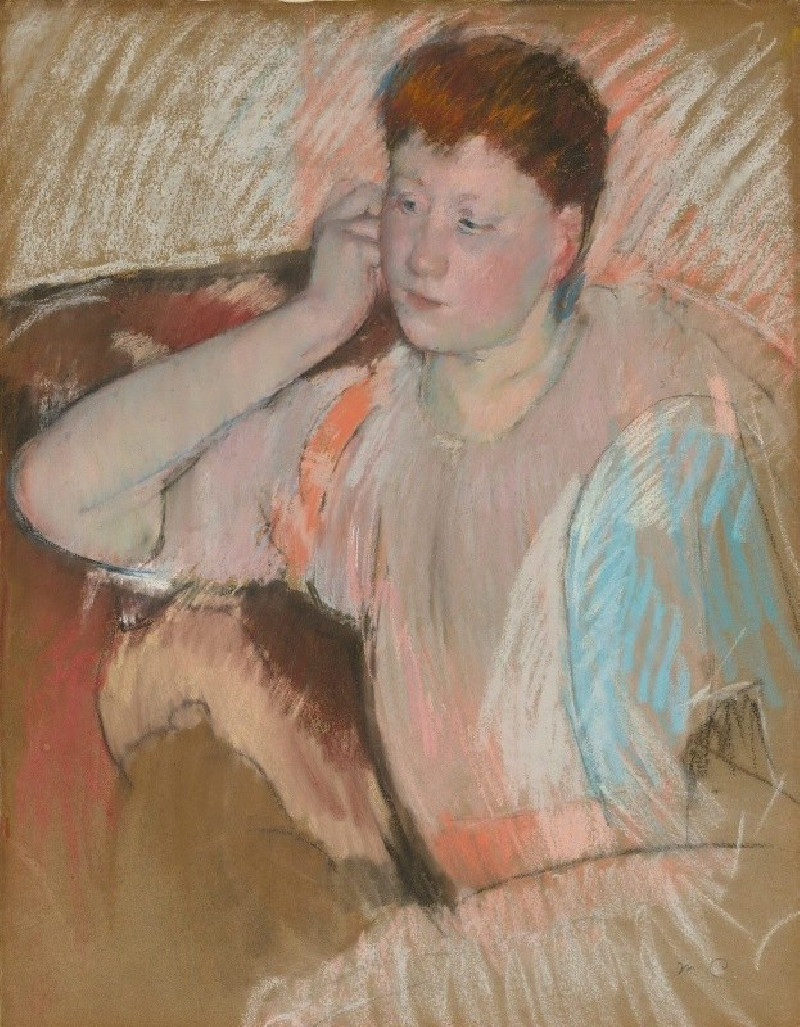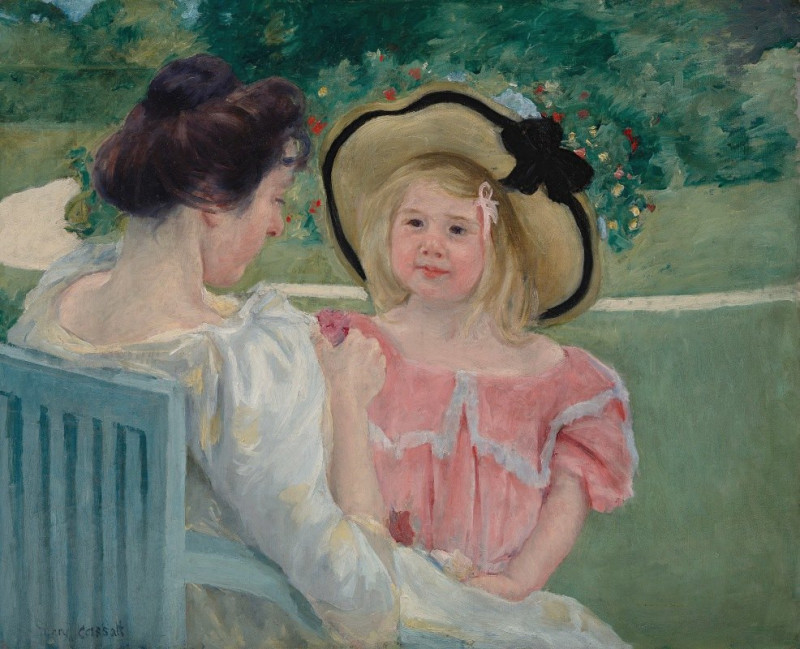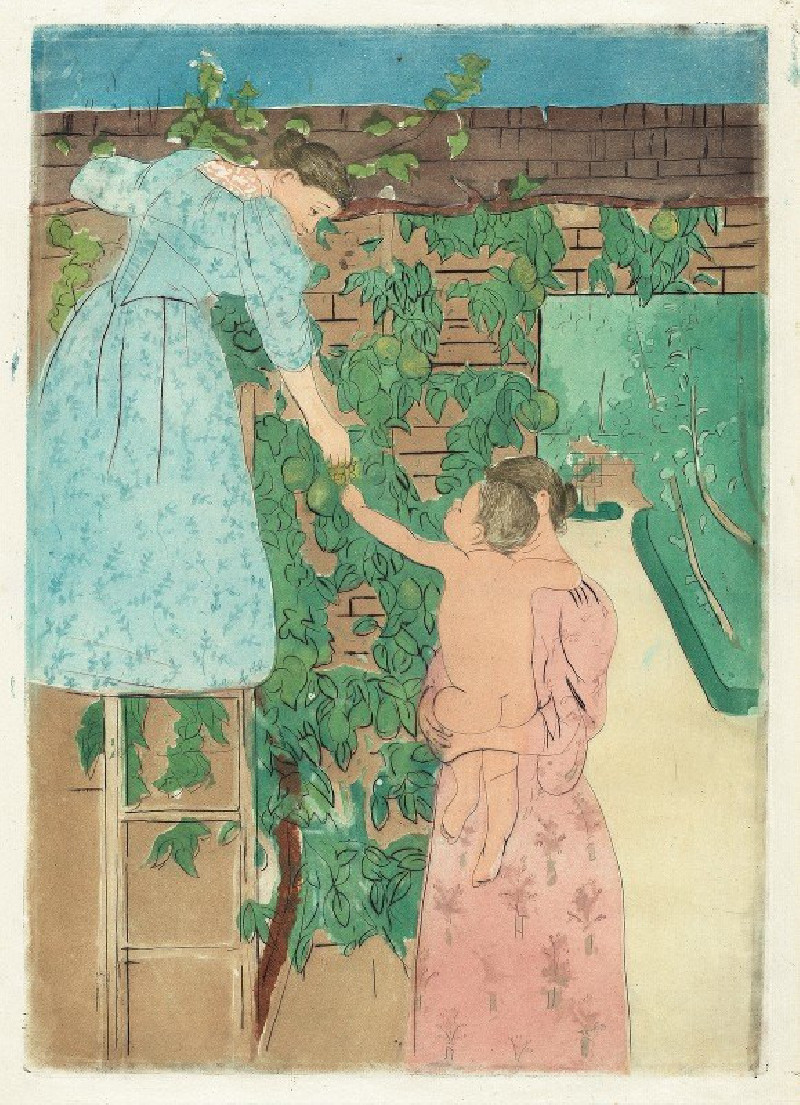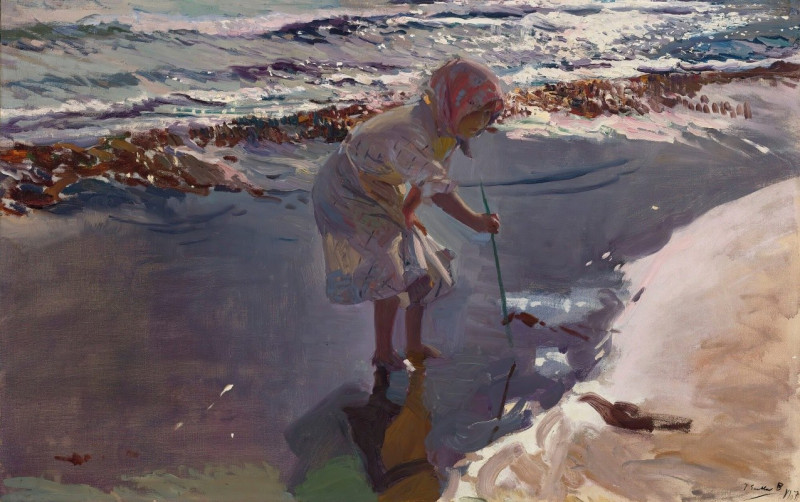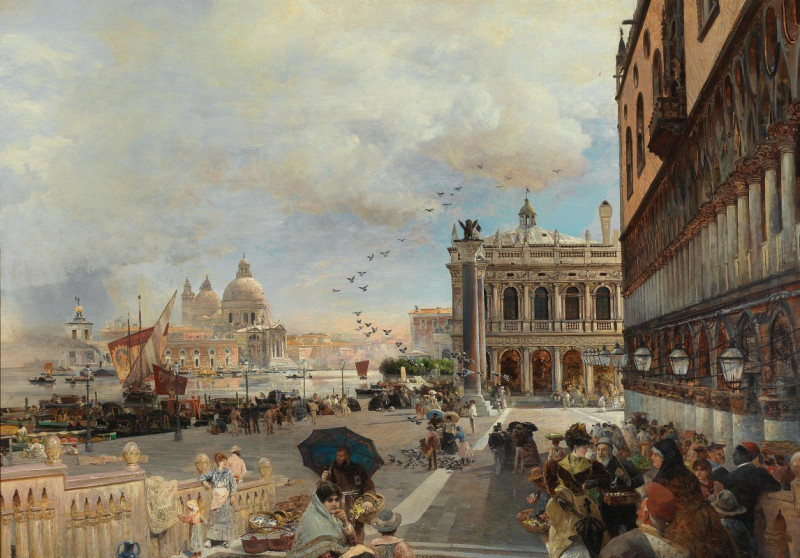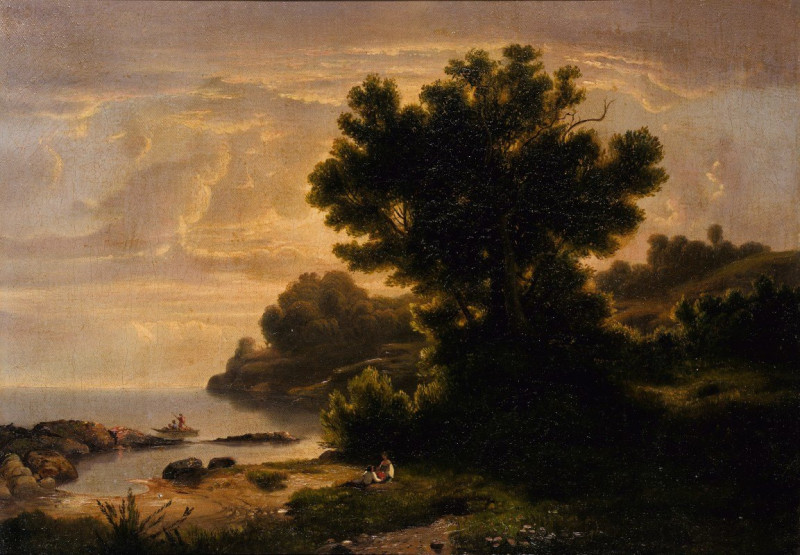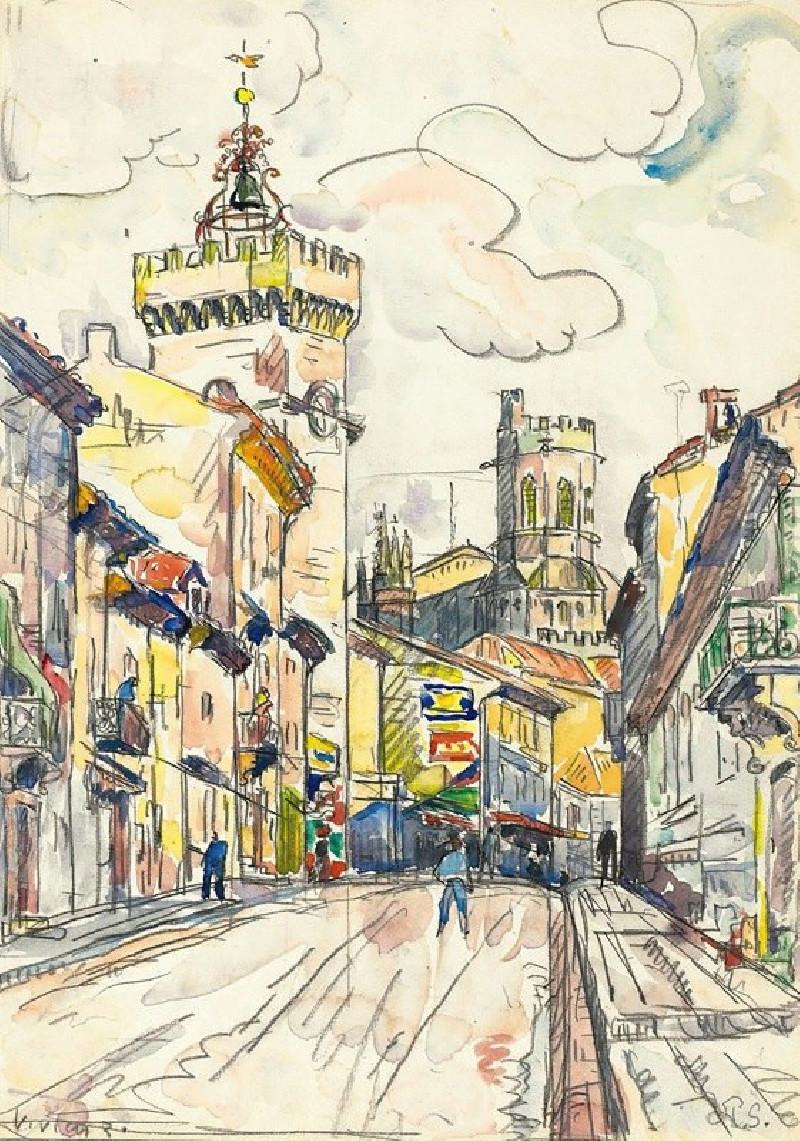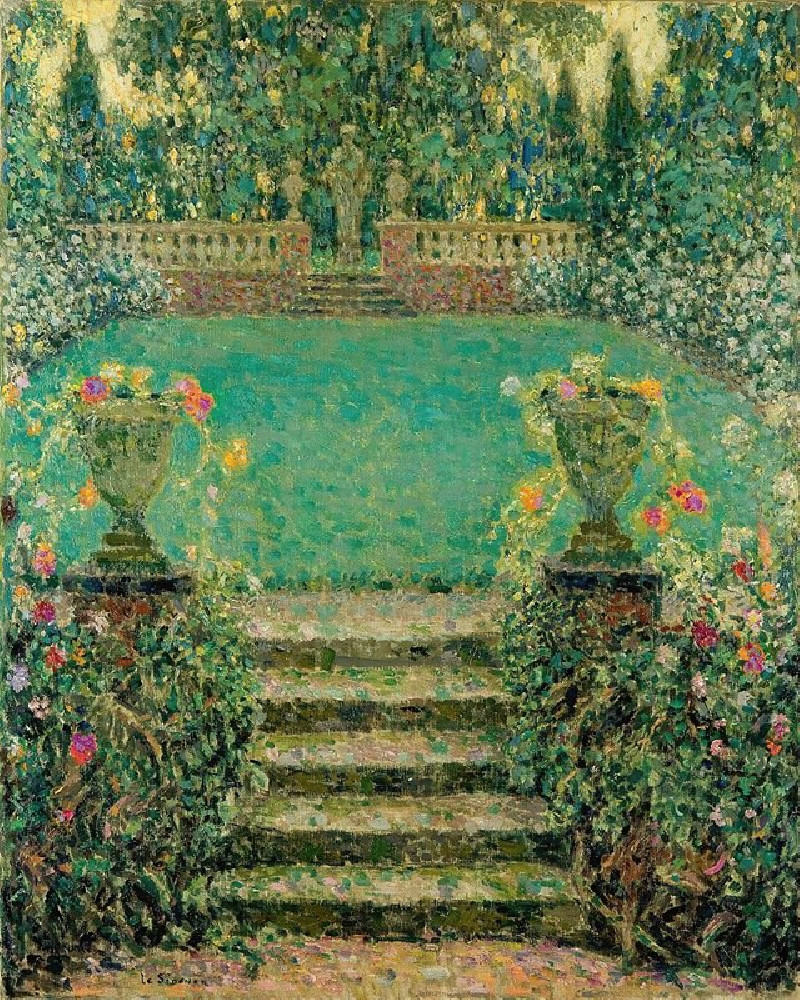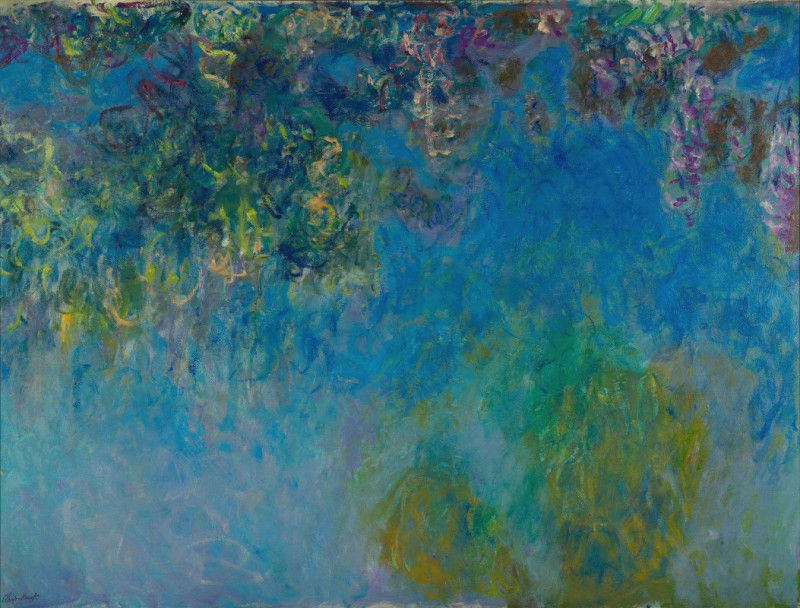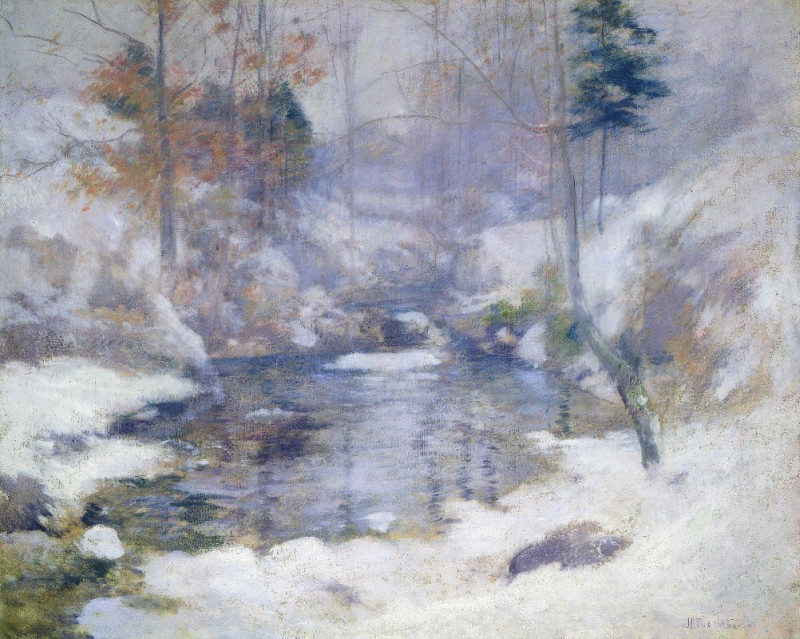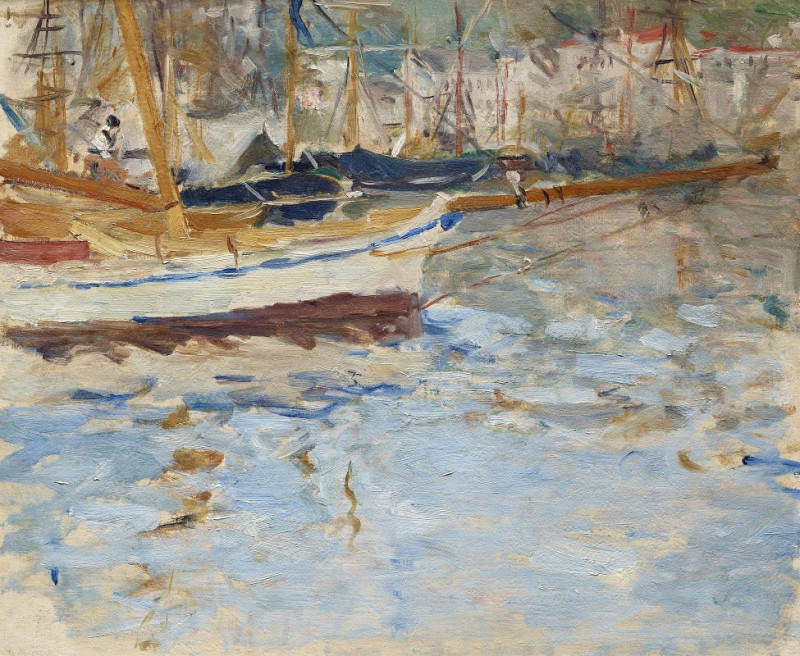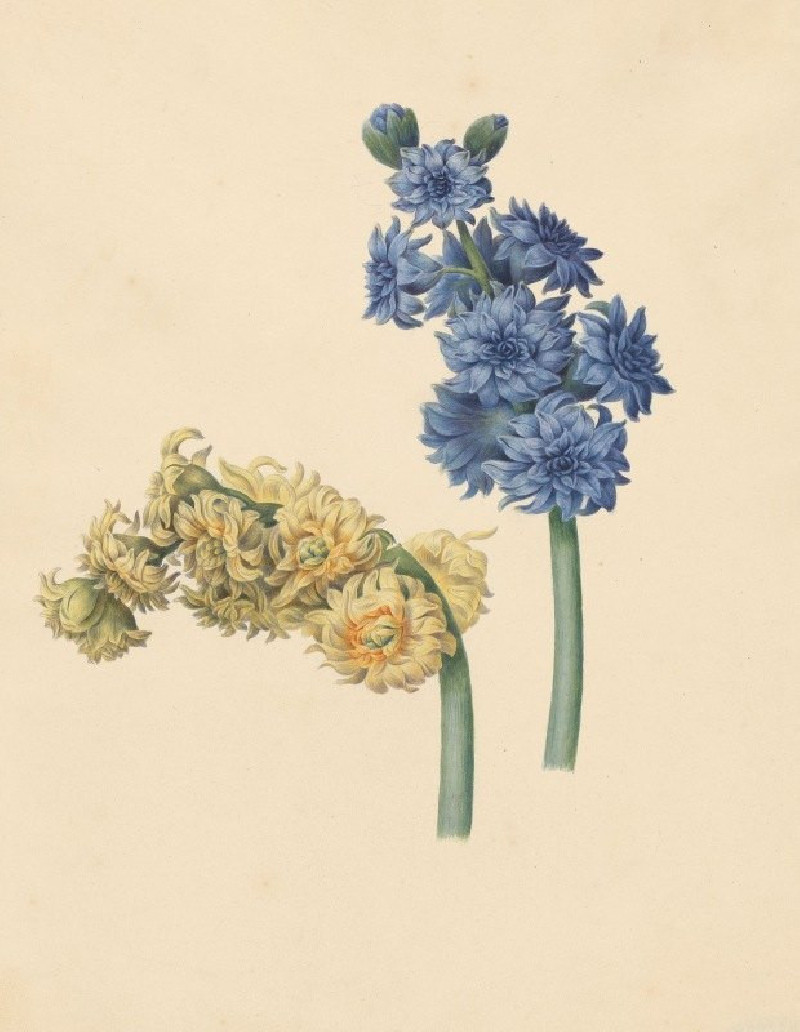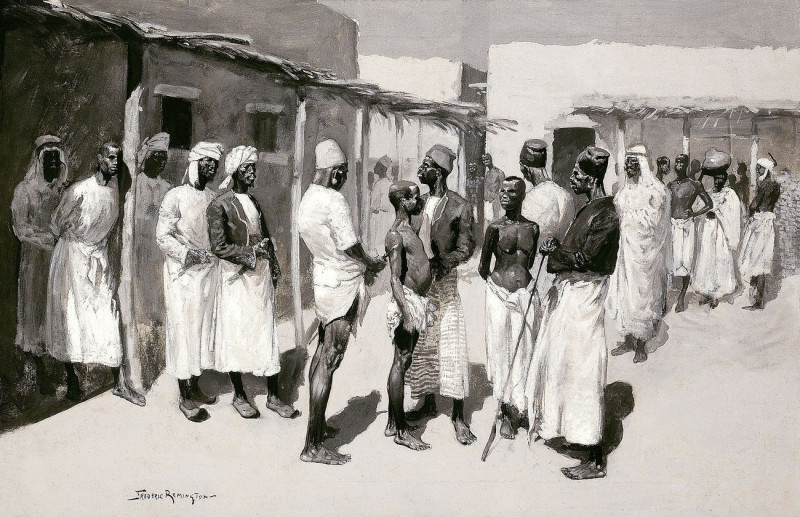The Cup Of Tea
Technique: Giclée quality print
Recommended by our customers
More about this artwork
"The Cup of Tea" by Mary Cassatt is a beautifully rendered oil painting that captures an intimate, tranquil moment in the life of a woman enjoying her tea. The painting shows a woman, depicted in profile, delicately holding a teacup in her left hand, while her right hand rests on the cup's saucer. She is dressed in a light pink gown with ruffled details and a fluffy, feathery boater hat that adds a charming touch of sophistication. The soft pastels of her attire contrast richly with the dark, deep tones of the chair she is seated on.Cassatt's brushwork is loose and expressive, contributing to the relaxed and somewhat reflective atmosphere of the scene. The background, though painted with broad strokes of greens and whites, suggests a floral arrangement, possibly placed on a table behind her, which adds a touch of life and color to the composition.This painting is a fine example of Cassatt's ability to convey the quiet, private moments of women's lives with sensitivity and an eye for the understated elegance of everyday activities. Her work often explores themes of femininity and domesticity, showing a profound respect and admiration for her subjects. Cassatt, an American artist who spent much of her career in France, was closely aligned with the Impressionists, and this painting showcases the typical Impressionist interests in light, color, and everyday life.
Delivery
Returns
Mary Stevenson Cassatt was an American painter and printmaker. She was born in Allegheny City, Pennsylvania (now part of Pittsburgh’s North Side), but lived much of her adult life in France where she befriended Edgar Degas and exhibited with the Impressionists. Cassatt often created images of the social and private lives of women, with particular emphasis on the intimate bonds between mothers and children.
She was described by Gustave Geffroy as one of "les trois grandes dames" (the three great ladies) of Impressionism alongside Marie Bracquemond and Berthe Morisot.In 1879, Diego Martelli compared her to Degas, as they both sought to depict movement, light, and design in the most modern sense.

